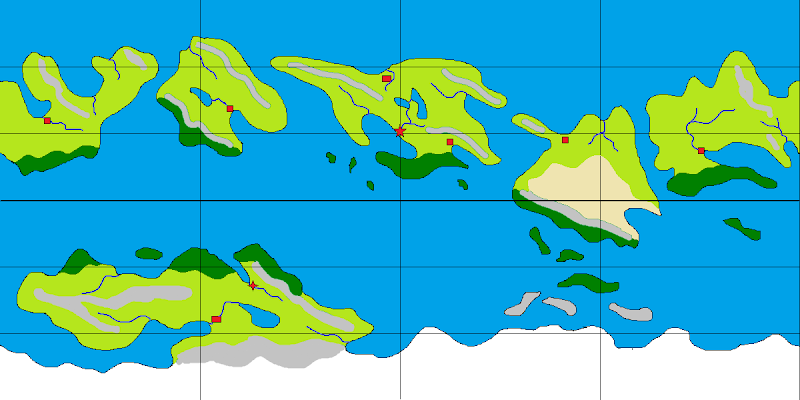The Factbook of Jankenjin
(or, Everything You Wanted to Know About
Those Weird Aliens but Were Afraid to Ask)
(or, Everything You Wanted to Know About
Those Weird Aliens but Were Afraid to Ask)
INDEX
A Glossary of Jankenjin Terms
Jankenjin Biology & Psychology
Teiensekai - the Jankenjin Home World
Jankenjin Systems of Measurement and Currency
Jankenjin History - A Timeline
Jankenjin Society and Culture
The Triune Republic














